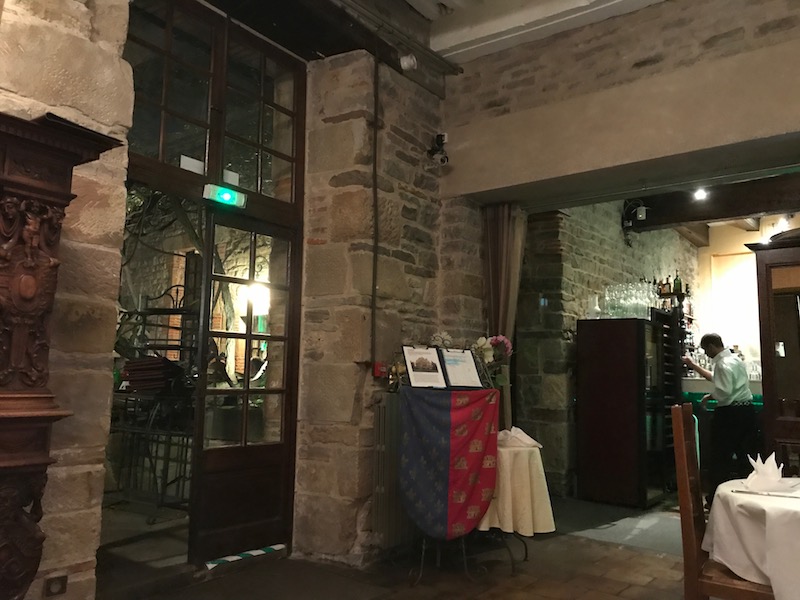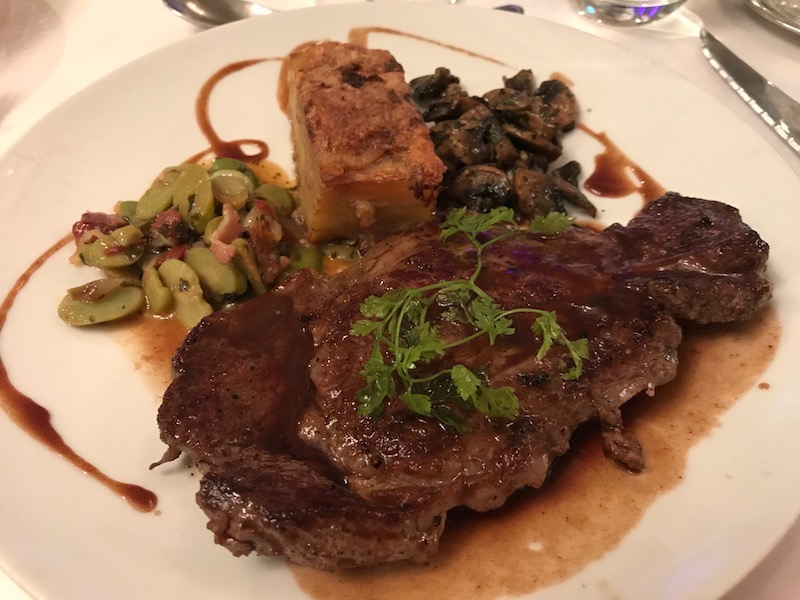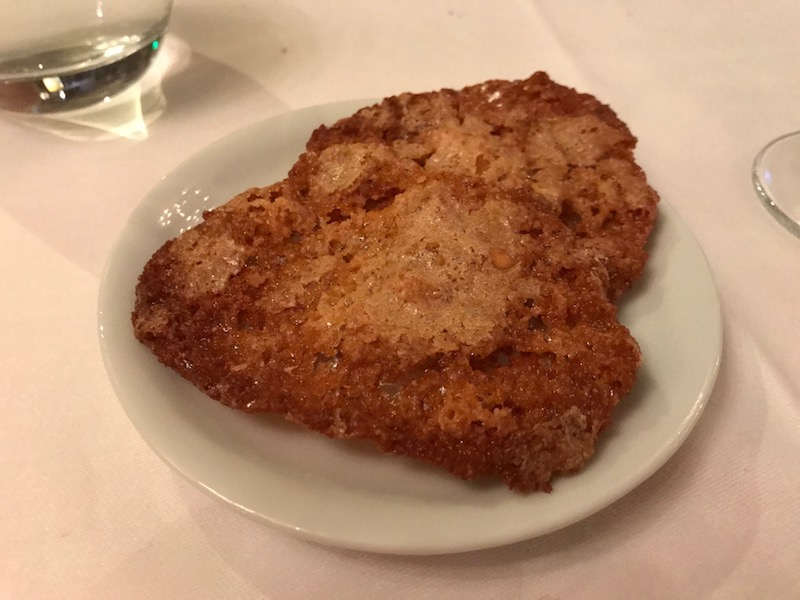Our Blog - Cordes-sur-Ciel, France
Originally just called Cordes, this is a medieval village that is built up on top of a rocky outcropping and dates back to 1222. The Count of Toulouse received a charter to build a "bastide", which is just a fortified new town built in a few regions in SouthWest France in the 13th and 14th centuries, and Cordes is considered to be the first (or one of the first) of these bastides in SW France. Cordes was built to protect the scattered population of the area from conflict, intended to replace the village of Saint-Marcel, which was burnt down by the troops of Simon de Montfort in 1215, during the Northern baron's crusade against the Albigensians. Over several centuries, multiple ramparts were built or expanded as people would start building their homes on the exterior of the ramparts when the town ran out of space, and so additional walls had to be built around these new homes to also protect them on the inside of the town. The town is "now" called Cordes-sur-Ciel to reflect the town's site on a hill "above the clouds" .. although I mentioned it to a French friend the other day and they only knew it as "Cordes", so the sur-Ciel is probably really more of a tourist-thing. You can try to get an idea of how this looks from these pictures, showing the town up on the top of the hill.





There are multiple fortification lines (3 of them) and multiple gates that allowed access. Depending on which gate and which fortification line, some were more fortified than others. In addition to these gates, some of the fortification walls have large towers.






Our hotel, which is right in the middle of the medieval town (which made it a bit tricky to get to) was in an old, 17th century building. The rooms had been well done and were quite large. Out our window, we had a great view of the countryside as well, being perched just right at the edge of one of the fortified walls.







The market square was always the heart of fortified cities. The building of this covered market began in 1276 with 24 octagonal pillars and a wooden roof structure (the roof was rebuilt in the 19th century). Originally, grain would have somehow been stored in the soft space and was delivered to ground level through one hollow column. On one side is a well, which goes down over 100 meters. In many cases, lack of proper water would lead to the downfall of a fortified city during a siege. In the case of Cordes, rain falling at the summit permeated the limestone rock and formed reservoirs where it hit an impermeable layer of clay at an average depth of 35 meters.



Going around the town, there are lots of smaller houses intermixed with massive gothic mansions. These large mansions were built starting at the end of the 13th century by rich merchants and noble families. In general, they had gothic arched openings on the ground floor that were used for shops, warehouses, and workshops. The family would then live on the upper floors. The tourist office is housed in the Maison Ladeveze





The Maison du Grand Fauconnier today houses an art museum. It was built in grey sandstone and is one of the more recent of the gothic mansions. It has lovely gothic arches on the windows on the top 2 floors with 5-petal rose tympanums in each window. The top floor groups the windows as 3 sets of 2, while the middle is 2 sets of 3. On the interior courtyard, you can catch a glimpse of a lovely stairway tower with Renaissance windows.


As we walked around, any place that we got to an overlook, we took pictures of the countryside below.








This is Place de la Bride, and is supposedly the highest point of the town ... giving it a great view.


We also got just general pictures of the town. The streets are quite narrow (even more narrow when you are attempting to drive on them while dodging the tourists that are walking down the middle). They weave up and down and around.











Many of the buildings have sculptures on the fronts with various people, animals, and people-animal hybrids.


Cordes was known for the craftsmen that lived and worked here in medieval times ... as is still true today as there are multiple artists and craftsmen who live here year-round. There are still 30 or so artisans: painting, sculpture, ceramics, leatherwork, printmaking, weaving, glassblowing, metalwork, jewellery, and clock making. On the lintel above this door, just inside the Porte de la Jane, is the tools of the shoemaker trade: pincers, shoehorn, hammer, and leather knife.

A few of these grand houses were nicely lit at night.



I mentioned about the limestone rock and water previously. Here, we attempted to get a view of how some houses and buildings were literally built into the side of the hill and into the rock. This section was undergoing renovations, but hopefully you can see how stone walls were created up against and into the rock. Just outside of this, there was an interesting water fountain, complete (now) with a motion detector so that it started working as soon as Tom came close enough to get the picture.



Another attempt to get a view of the narrow roads that weave up, down, and around, as well as some of the buildings that ended up getting built up against the fortified walls.



In 1269, the town decided to build a new church in the middle of the town, since the first parish church was actually outside of the ramparts. The current Church of St. Michael is a result of construction in the 13th, 14th, and 15th centuries. The original sections date from the 13th century, then the nave was rebuilt and enlarged in the 14th century along with adding the bell tower (with its' square base and octagonal upper floor). The statue of the Virgin Mary holding the infant Jesus over the door dates to the 16th century. You can see in the last picture how some of the later changes tried to still keep parts of the original church. You can see the rose window set back as they built around it (to allow light still) when they added the bell tower and its' supports, as well as the large square block addition in front and below the rose window. Unfortunately, the church is only open for a couple hours in the afternoon and we didn't go the first day (assuming it would be open the next morning).






Dinner was at a little Auberge on the other side of the market square from our hotel. It seemed like an old house, with many of the older touches still present, filled with large, old pieces of furniture. We started with an amuse bouche that was a goat cheese and cucumber mousse ... the picture is straight ... the little glass that it was served in wasn't :-). Then Susan went with the foie gras with 2 types of chutney (we all know how much Susan likes her foie gras even though she doesn't really like duck or liver ... and no, no clue), and Tom went for a salmon carpaccio. Main course, an entrecôte (like a ribeye .. with fava beans, a gratin potato dish, and sauteed mushrooms) and lamb shank (different potatoes but also with the same fava beans and mushrooms). The last picture is a croquant de Cordes, which is a crispy little wafer which (what we found out later) was created here. It is a flat almond biscuit, created at the end of the 19th century by a pastry chef from Cordes (although there is a legend that really sets its' creation back in the 17th century to an innkeeper).










The town itself is quite nice, although I can't imagine how packed it would be during high season. We were there after the rentree (when everybody goes back to work/school) and mid-week (Wednesday). While that was good in that it wasn't totally packed, it was also bad as some of the stores and things were not open, or not open for as long (like the church only 2 hours per day in the afternoons). We may try to go back in the middle of the summer once, although we wouldn't stay there overnight. Parking is at a premium but they have large parking lots down on the valley and there is a petite train which picks you up and transports you up to the medieval town.